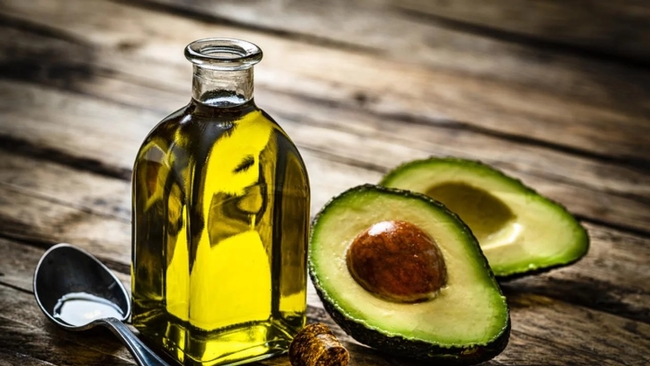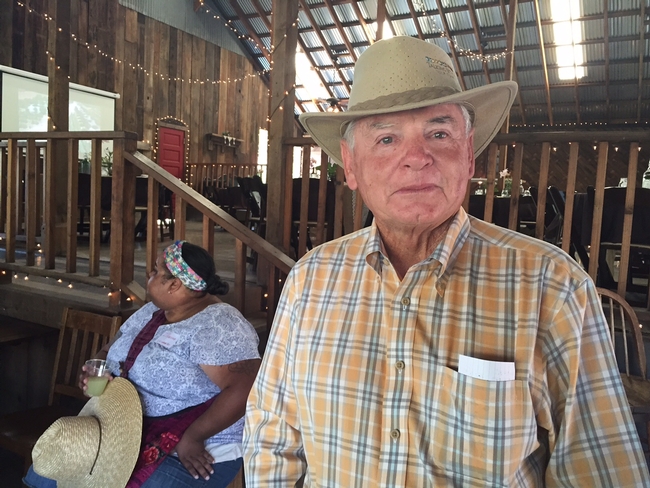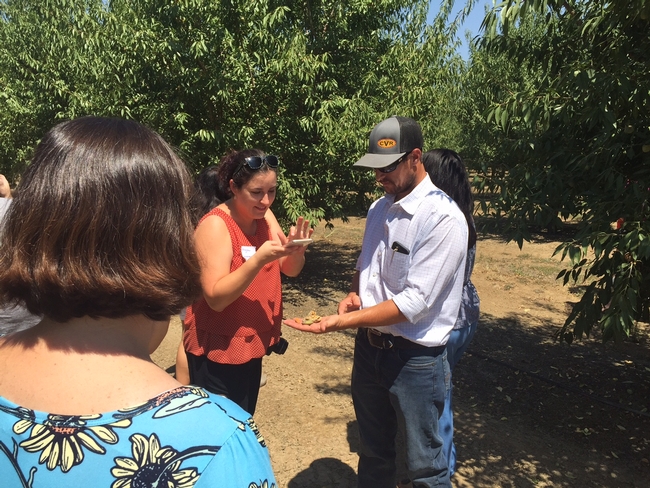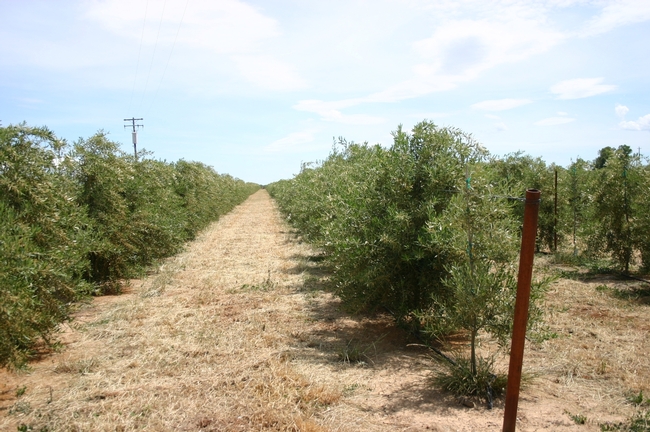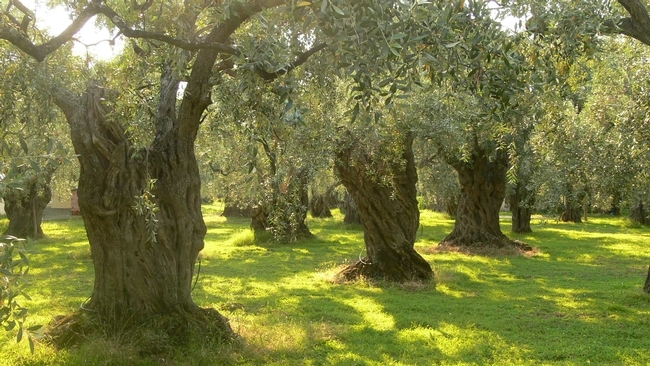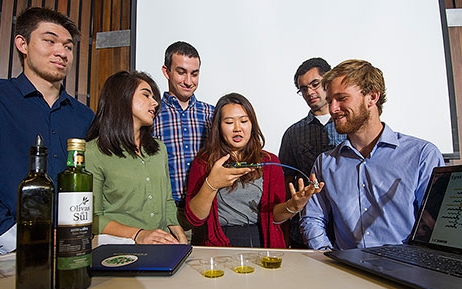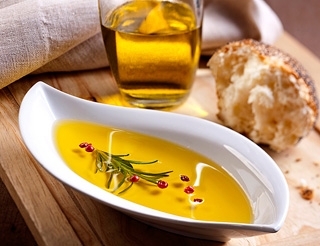Posts Tagged: oil
Nearly 70% of private label avocado oil rancid or mixed with other oils
Researchers identify key markers to help professional retail buyers choose authentic products
Avocado oil has become a popular choice for many people in recent years because of its heart-healthy benefits and versatility in cooking. However, not all avocado oil products on store shelves are created equal. Some products are labeled as “pure” avocado oil when they contain other oils or additives. No enforceable standards defining the chemical and physical characteristics of avocado oil exist yet.
Researchers at the University of California, Davis, analyzed samples of 36 private label avocado oil products and graded them based on quality and purity. Private label products are made by a third-party processor and sold under a grocery store or retailer brand label. Their findings, published in the journal Food Control, show that 31% of the samples tested were pure, and 36% were of advertised quality. Quality refers to whether the oil is fresh or has gone bad due to aging, heat or light exposure. For purity, researchers measured fatty acids, sterols and other components that differentiate avocado oil from other oils.
The study included oils purchased from 19 retailers in the U.S. and Canada with various price points. They found that lower-priced oils were more likely to be tainted with other oils.
“We found that low-cost products indicate a higher probability for adulteration, but high cost didn't guarantee purity or quality,” said Selina Wang, associate professor of Cooperative Extension in the Department of Food Science and Technology. She and Hilary Green, a postdoctoral researcher at UC Davis, co-authored the paper.
Researchers also identified certain chemical markers in avocado oil that professional retail buyers can use to make more informed decisions when it comes to choosing suppliers. This way, consumers can feel confident about the products they buy.
This is the second comprehensive study conducted by UC Davis researchers on the quality of avocado oil sold in the U.S. The first study released in 2020 found that many of the test samples were of poor quality, mislabeled or adulterated with other oils.
“This study demonstrates that although progress is being made in standard development since our first market study in 2020, there are still issues with purity in avocado oil and these issues extend significantly into private label oils,” Wang said.
Avocado oil standards
Since the release of the first UC Davis study, Wang said there's been a coordinated effort by researchers, industry leaders and government agencies to establish enforceable standards. The Avocado Oil Expert Group was formed in collaboration with the American Oil Chemists' Society to discuss potential standards and future research projects.
Wang's research group has been studying how natural factors like different types of avocados, harvest times, geographic origins and processing methods could affect the chemical composition of avocado oil. They want to create standards that will accommodate natural variations while detecting any adulterations.
Wang hopes that the study's findings will contribute to the establishment of standards that benefit both consumers and avocado oil producers who want to compete in a fair market.
“I'm very optimistic for the future of the avocado oil industry,” Wang said. “It's a high-value product with high consumer demand, similar to what I saw with olive oil 10 years ago. Olive oil quality and purity have improved significantly, which is where I see avocado oil going, if we can establish fair standards and eliminate fraudulent products.”
Food bloggers see innovative olive oil production system in Capay Valley
More than 400 food writers have converged in Sacramento for the first International Food Bloggers Conference to be held in the California capital. The event began with an excursion for about 45 of the foodies to Capay Valley Ranches, where the focus was on production of premium extra virgin olive oil.
The writers heard about innovations in olive oil production that have allowed California producers to minimize labor costs and maximize yield and quality by establishing super-high-density orchards. Farm manager Joe Armstrong led a farm tour, explaining amendments that had to be added to the soil before planting, the configuration of the trees in hedgerows and an irrigation system that permits application of water to the trees exactly when it is needed.
A graduate of California Polytechnic State University, San Luis Obispo, Armstrong said he choose a career in agriculture precisely because of the new technologies that make the field more efficient and productive.
"That's why I have a passion for farming," Armstrong said.
Ranch owner Chris Steele, who has farmed in Capay Valley his entire life, recognized how such innovations are brought to the farm.
"We couldn't do this without the UC system," he said.
UC Cooperative Extension advisors and specialists have worked alongside farmers to adapt the new super-high-density orchard systems. The idea was conceived in Spain and introduced into California in the 1990s. Successful use of high-density olive farming requires careful variety selection; finessed pruning, fertilization and irrigation practices; and understanding the cost-and-return for adept decision-making. This month, UCCE scientists released a new cost-and-return study specifically for farmers to use when planning new olive orchards under the super-high-density planting configuration.
Students' olive-oil fraud buster wins international prize
The award was presented to the Aggie inventors during the finals of the three-day global iGEM (International Genetically Engineered Machines) competition in Boston. The competition, this year featuring 245 teams from Asia, Europe, Latin America and North America, challenges student teams to design and build biological systems or machines and present their inventions in the international competition.
The students had spent several months designing and building the palm-sized biosensor, which they dubbed OliView. The biosensor is equipped to quickly and easily evaluate the chemical profile of oil, providing producers, distributors, retailers and ultimately consumers with an effective, inexpensive way to ensure olive oil quality.
Verifying olive oil quality is a concern for consumers – many of whom are willing to pay higher prices for the health benefits and flavor of true, extra-virgin olive oil. And honest olive oil producers want to prevent other producers from passing off sub-par olive oil as the real deal, while retailers, distributors and producers want a quick, easy way to ensure olive oil quality.
In addition helping detect fraudulent olive oil, the students' new biosensor will also monitor for good oil that may have gone rancid with age.
The team of undergraduate students included Lucas Murray, Brian Tamsut, James Lucas, Sarah Ritz, Aaron Cohen and Simon Staley, with Yeonju Song serving as the “shadow” or alternate team member. You can tune into Aaron Cohen's recent Nov. 6 Science Friday interview during a discussion of synthetic biology.
The full story and a brief video about the new olive-oil biosensor and this stellar team of young inventors are available at: http://news.ucdavis.edu/search/news_detail.lasso?id=11076.
Reports on olive-oil quality are available at the web site of the UC Davis Olive Center at: http://olivecenter.ucdavis.edu/research/reports.
Consumers need more information on olive oil
Olive oil is repeatedly in the news these days, but the stories often raise as many questions as they anwer:
- It’s touted as the “healthy oil." Does that hold true for cooking and eating raw?
- It adds a range of flavors to food. Just what is EVOO and should you pay more for it?
- You can choose “grassy” or “peppery” olive oil. But what does that mean?
- How can you tell if olive oils are adulterated with lesser-grade oils, or oils from entirely different plants?
A new survey, spearheaded by Dr. Selina Wang at the Olive Center at UC Davis, shows that consumers need more information about olive oil in order to make informed decisions. Consumers were asked a number of questions about olive oil. Surprisingly — or maybe not — consumers thought they know more about olive oil than they actually do. Many consumers aren’t savvy about cooking with olive oil or assessing its tastes and qualities.
Results of the survey indicate that “there are opportunities for producers to modify marketing practices to assist consumers in making better informed olive oil purchasing decisions.”
Reading the survey results will provide consumers with a lot of information about olive oil’s attributes and will help consumers make better purchasing choices.
More information about the survey:
- Read the UC Davis press release about the survey
- Read the full survey results
- UC Davis Olive Center
Other recent olive oil news stories:
- Olive oil ‘fridge test’ doesn’t reliably detect fraud, March 2013
- New olive oil testing program aims to boost quality and reliability, January 2013
Olive oil ‘fridge test’ doesn’t reliably detect fraud
One notion — the so-called “fridge-test” theory — says you can determine the purity of your extra virgin olive oil (EVOO) by putting it in your refrigerator. If it solidifies, you can trust your EVOO is pure — or so the theory goes.
Is that scientifically accurate?
No, according to new research from the UC Davis Olive Center. Testing seven samples under cold conditions over eight days, researchers discovered the fridge test is unreliable in detecting either the purity or quality of olive oil.
“None of our samples showed any signs of congealing after 60 hours in a laboratory refrigerator set to 40.5 degrees Fahrenheit,” said Dan Flynn, executive director of the UC Davis Olive Center. “Even after 180 hours, the samples never fully solidified.”
“Wouldn’t it be nice to have such a simple test that could indicate an olive oil’s market grade, but it is much more complicated than that,” said Paul Vossen, UC Cooperative Extension advisor in Sonoma and Marin counties.
“All olive oils contain a small amount of saturated fatty acids that solidify at refrigerator temperatures,” said Vossen, an olive oil expert. “The amount of solidification is equal to the amount of saturated fatty acids in the oil, which depends mostly on the varieties of olives used to make the oil and to a lesser extent where the olives were grown. Solidification does not indicate freshness, purity, flavor, extra virgin grade, or any other quality parameter.”
The fridge-test theory surfaced on a recent episode of The Dr. Oz Show which aired Feb. 11, 2013, to more than 3 million viewers. While cautioning his method isn’t fool-proof, Dr. Oz. encouraged viewers to test the purity of EVOO by seeing if it solidifies in the fridge.
“After the show aired, we were swamped with calls from people who were concerned they were being ripped off,” Flynn said.
So the Olive Center conducted a study. They refrigerated seven samples, including two EVOOs, an olive oil, a canola oil, a safflower oil, and two blends. Some samples showed minor congealing at the bottom of the bottles, but none solidified completely.
“It’s true that waxes and long-chain fatty acids in extra virgin olive oil can lead to the oil solidifying in the cold, although relative amounts of these compounds vary from oil to oil,” the study said.
Olive oils are graded based on how the oil is extracted from olives and on chemical and sensory standards. True extra virgin olive oil is extracted from olives without heat or chemicals and must have no defective flavors such as rancidity. Extra virgin olive oil is more expensive than other oils and is therefore an attractive product for fraud.
Using sensory and chemistry testing, the UC Davis Olive Center is working on dependable methods for detecting when an extra virgin olive oil is fraudulently labeled. In the meantime, the center advises consumers to choose an oil within 15 months of the harvest day (not the best-before date), look for a certification seal indicating that the oil passed chemical and sensory tests, and seek (and store) oils protected from light.

